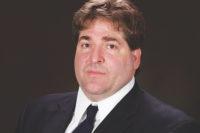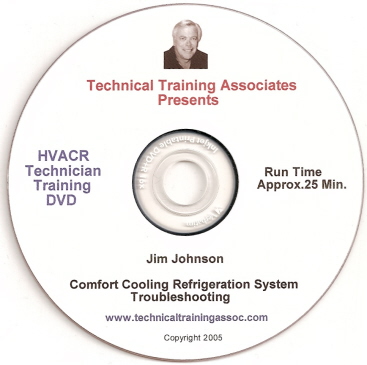Companies with energy-intensive electroplating and surface finishing processes not only have high levels of energy consumption, but they also need vast quantities of process heat and cooling for production. Combined heat and power (CHP) units in conjunction with thermally driven cooling systems are particularly effective in these instances. These are becoming increasingly popular in innovative medium-sized German production companies. Power and heat can be produced efficiently and at low costs through the use of CHP cogeneration systems. With an adsorption chiller, the benefits can also be extended to the otherwise energy-intensive cooling processes in production.
In May 2014, Oberflächentechnik (OFT) Döbeln GmbH, an electroplating company, implemented a tri-generation system for power, heating, and cooling under the direction of CEO Olaf Hawlitschek. The clever combination of two CHP units and two InvenSor adsorption chillers generates power, heat, and cooling for the company’s 12 electroplating machines. These tri-generation systems are not only on the rise in server rooms and sales rooms throughout Germany, they’re also gaining popularity in industrial usage.
EFFICIENCY IN ACTION
Hawlitschek strongly believes in sustainable production. In addition to the two CHP units, a photovoltaics system on the roof of the premises based in Saxony, Germany, also ensures the company produces a significant portion of its energy requirements. The CHP units were installed six years ago. The corresponding adsorbers were added in May 2014.
Radisch, an engineering office, planned the entire system for the German factory. The CHP units at OFT Döbeln still had potential for further operation when heat could be used. For that purpose, Radisch and Hawlitschek decided to use adsorption chillers. The adsorption process works almost without the need for electricity, thus enabling massive savings in electrical energy. It also uses pure water as a refrigerant, which boasts significant environmental benefits and climate protection. This also made it possible to respond effectively to the intensified regulations regarding conventional refrigeration systems with partially halogenated refrigerants coming into effect at the beginning of 2015. The decision was made to use two InvenSor LTC 10 plus FC units (low-temperature chiller) with 20-kW nominal power. The two adsorption chillers were installed in May 2014 and, since then, have been cooling the electrical rectifiers in the electroplating company that are responsible for the important voltage conversion process without any disruption. The compression cooling machines that were previously used have been removed.
The tri-generation system has many benefits for operators. Waste heat from CHP units is now mainly used to cost-effectively produce cold water in an environmentally friendly manner, increasing the annual operational time of CHP units.
“We want to obtain around 5,000 operating hours from our adsorption chillers annually, as the company needs the cold water virtually 24/7 since we follow three-shift operations here,” said Holger Radisch. In the case of low ambient temperatures, the InvenSor system can work with free cooling, so the heat from the CHP unit is then directly available, as before. The cooled water is directed to the rectifiers via a computer at a temperature of 15°-17°C while the return temperature is 23°-25°, depending on the type of operation.
Radisch is delighted with the excellent collaboration with InvenSor. “Throughout the entire bidding and installation process, we’ve enjoyed a very professional relationship with InvenSor. We’re very pleased to have a skilled partner here at our side.”
SIDEBAR: SUMMARY
Cooling system:
Two InvenSor adsorption chillers LTC 10 plus FC with free cooling, 20-kW nominal power and integrated hydraulics; closed, dry re-cooling; and 1,800 liters buffer storage of cold water.
Driving heat:
Two MAN CHP units, type 2842, with 205-kW thermal and 140-kW electrical power and 2,500 liters buffer storage of hot water.
Air conditioning:
Cold water cooling of electrical rectifiers.
Adsorption chiller installation:
May 2014
Information courtesy of Annika Keilauer, on behalf of Invensor. Contact her at a.keilhauser@waechter-waechter.de.
Publication date: 11/23/2015
Want more HVAC industry news and information? Join The NEWS on Facebook, Twitter, and LinkedIn today!









